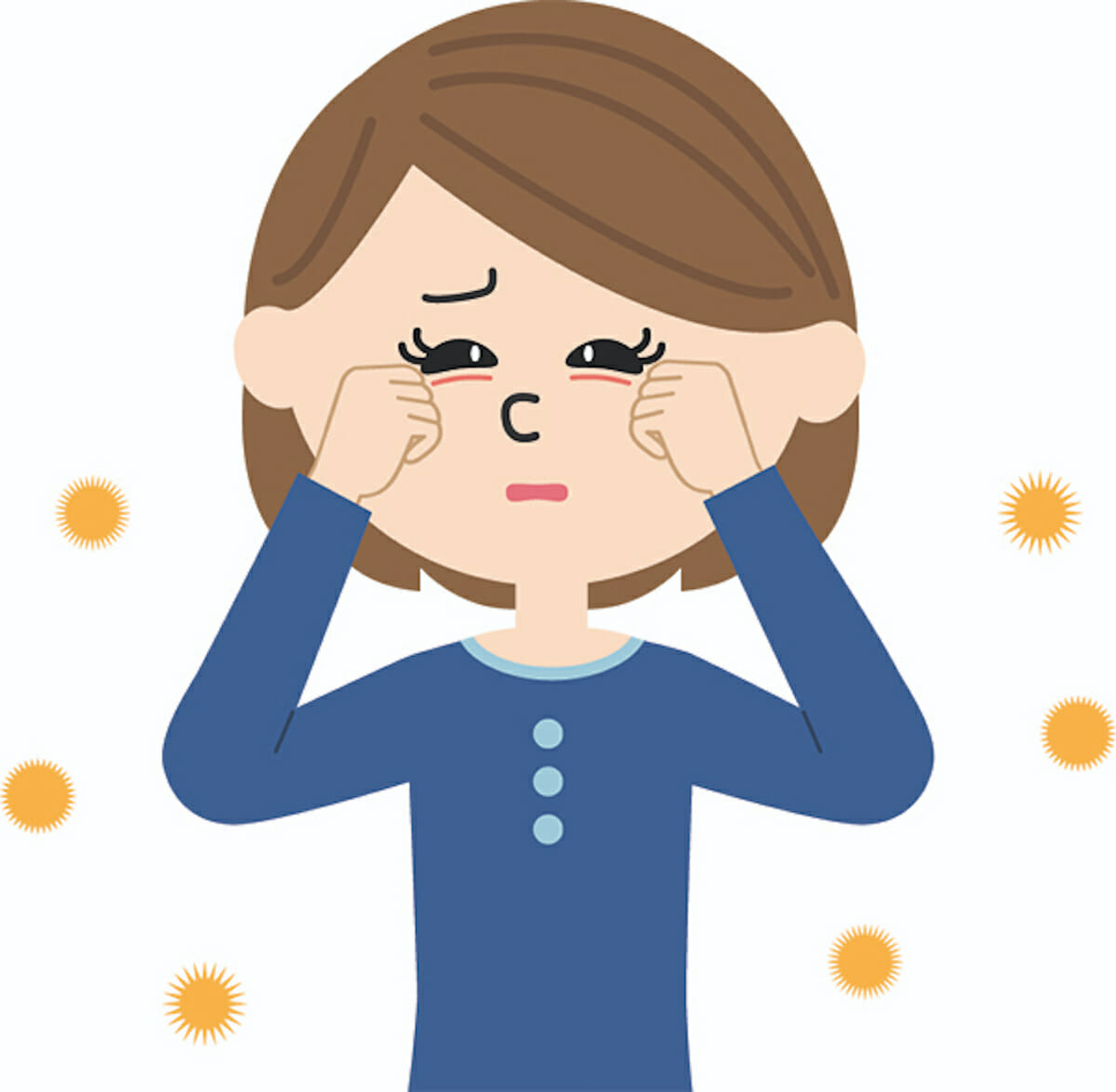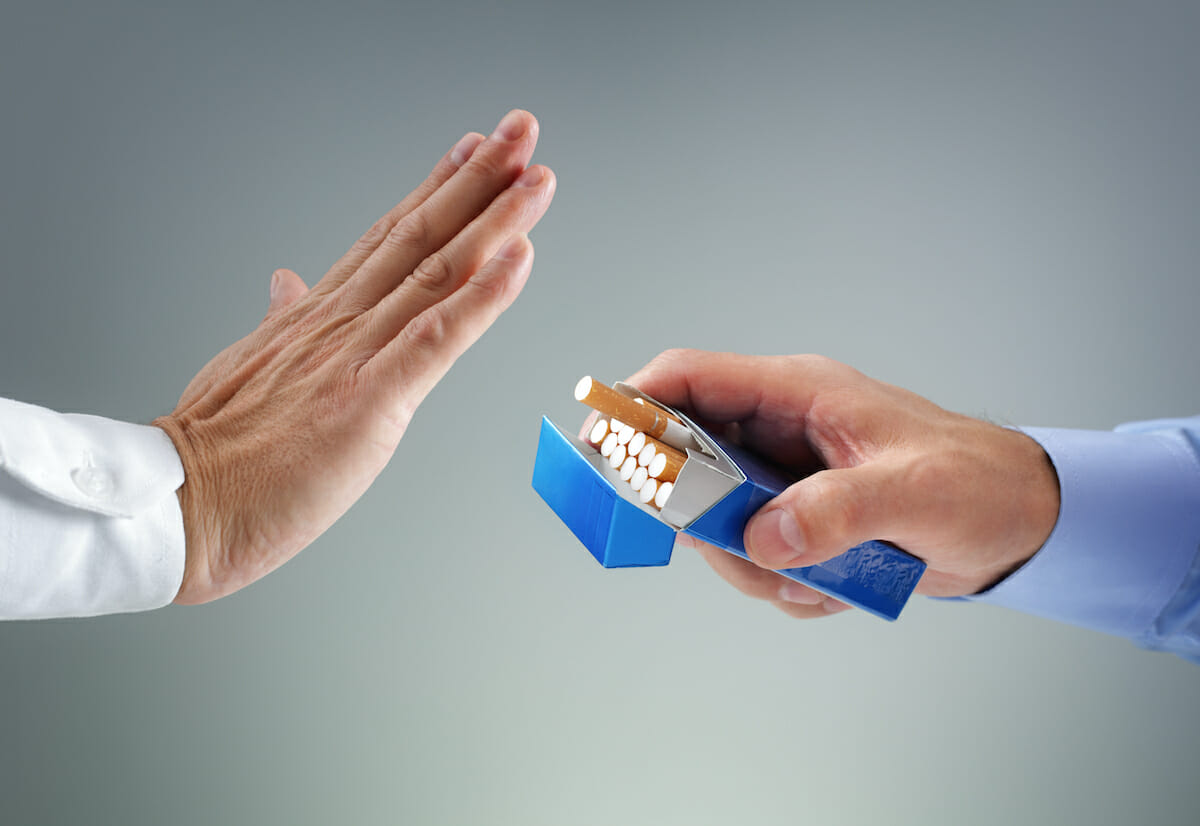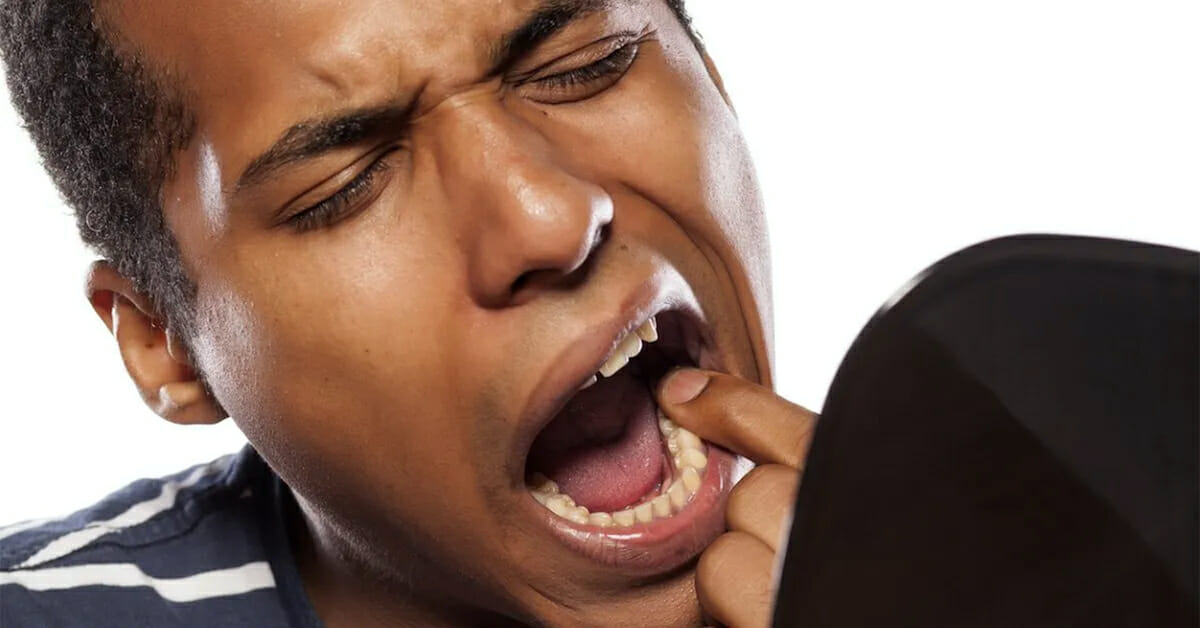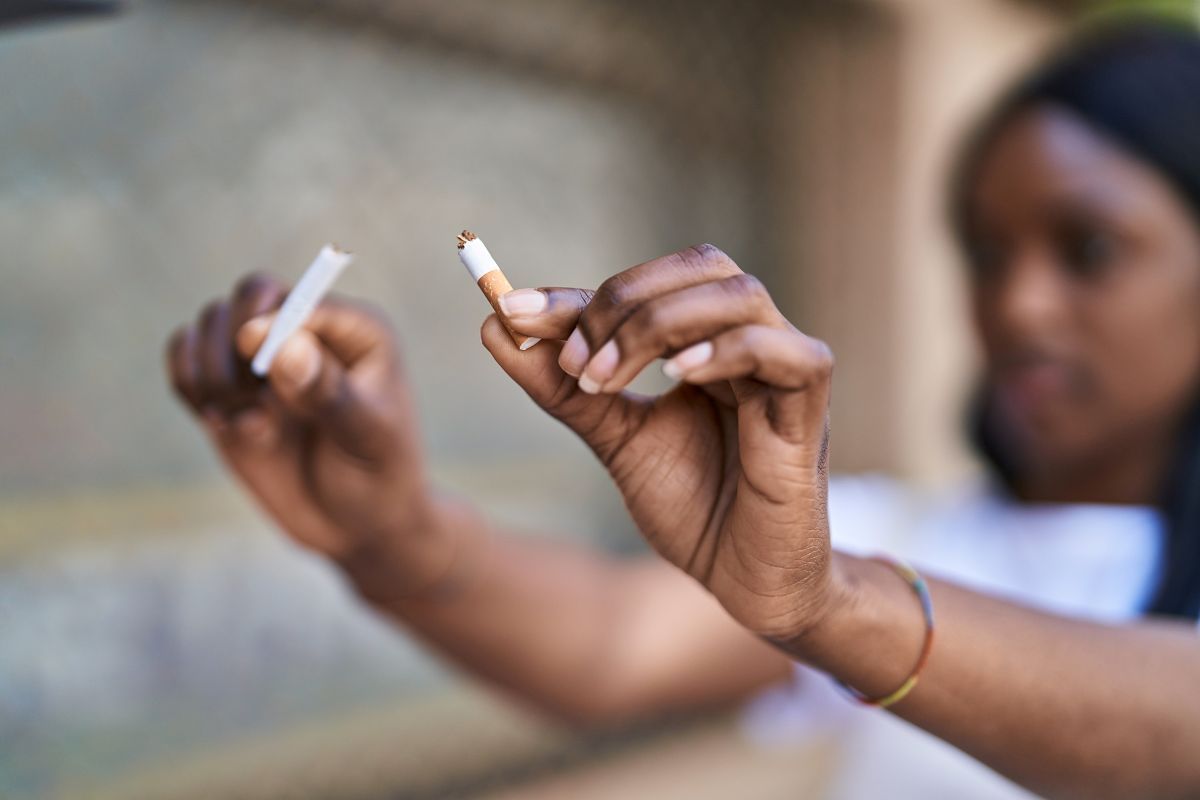Dry eyelids can result from a common skin condition, such as atopic dermatitis, or environmental factors, such as dry air during the winter. Dry skin on the eyelids can be uncomfortable, but there are several effective ways of treating the condition at home. More severe cases of dry eyelids may require treatment from a doctor. Symptoms that may accompany dry eyelids include itchiness, discoloration, and irritation.
Causes
Atopic dermatitis: Atopic dermatitis, or eczema, is a common skin condition that typically starts during childhood. Atopic dermatitis may result from an infection or inflammation, and it is more likely to affect people with asthma, hay fever, and other allergies, including food allergies.
The most common symptom of atopic dermatitis is itching. The condition can also cause dry, scaly skin; pain or tenderness; rashes that ooze fluids or bleed after scratching; lichenification, which is the thickening and hardening of the skin
Contact dermatitis: Contact dermatitis is a skin condition that occurs following contact with an irritant. Irritants that may cause contact dermatitis on the eyelids include makeup, sunscreen, face washes, hair products, chlorine from swimming pools, dust.
Contact with an irritant may cause a person’s skin to become dry, inflamed, and itchy. It can also lead to burns or blisters on the skin.
Environment
Certain environments may lead to dry, itchy skin that becomes rough and scaly over time. For example, dry air can reduce moisture in the top layers of the skin, causing it to become dry. Dry air is more common during the winter when the temperature drops. Exposure to water can also dry out the skin. Long baths or showers may reduce the oils in the skin that typically help it retain moisture.
Aging
Aging decreases the amount of oil in the top layers of the skin and reduces sweat glands in the skin. These effects may prevent a person’s skin from retaining moisture. Certain factors, such as smoking or too much sun exposure can accelerate the aging process. Aging causes the skin to wrinkle and start to crack. It may also lead to areas of dry, flaky skin that itch.
Signs and symptoms
Dry skin may cause discomfort, particularly when it affects the eyelids, where the skin is thinner than it is in other body areas.
Some common symptoms of dry skin include:
flaking surface
rough texture and cracks
itching
painful burning or stinging
wrinkly and loose appearance
peeling
rawness or irritation
The symptoms of dry skin can vary in severity from mild to severe. Some people with dry skin on the eyelids may only experience mild itching or not even notice it. Others may experience more intense irritation, which worsens during blinking. Sometimes, the eyelids may become swollen.
Treatments
The best way to treat dry skin on the eyelids depends on its cause. Moderate-to-severe atopic dermatitis is treatable with moisturizers or corticosteroids. However, doctors only recommend corticosteroids in the short term as they may increase eye pressure when applied to the eyelids.
A person can treat contact dermatitis by avoiding known triggers, including cosmetics, sunscreen, or chlorine. Doctors recommend that people use trial and error to identify their triggers, as these will vary from person to person.
A doctor may also prescribe other medications to treat related symptoms. For example, they may suggest antihistamines to help with sleeping or antibiotics for associated infections.
How to get rid of dry eyelids at home
A person can often treat their dry eyelids at home with over-the-counter moisturizers.
Some active ingredients in moisturizers include:
olive or jojoba oil
shea butter
lactic acid
urea
glycerin
lanolin
petrolatum
dimethicon
To help with dry skin, the American Academy of Dermatology Association recommends:
moisturizing several times a day, including right after bathing
using a humidifier
avoiding bathing or showering for longer than 5 minutes
using warm rather than hot water to bathe
avoiding prolonged sun exposure and tanning beds
washing with gentle cleansers and using skin products for sensitive skin
When to consult a doctor
People can usually treat dry eyelids at home by applying moisturizers and using warm, not hot, water to bathe.
If home remedies do not ease the symptoms or the symptoms worsen, a person should speak with a doctor. Dermatologists are skin specialists who can provide treatment options.
Medically reviewed by Leela Raju, MD — Written by Aaron Kandola — Updated on November 28, 2021; https://www.medicalnewstoday.com/articles/clone-dry-eyelids?
Exclusive content from CARE magazine









